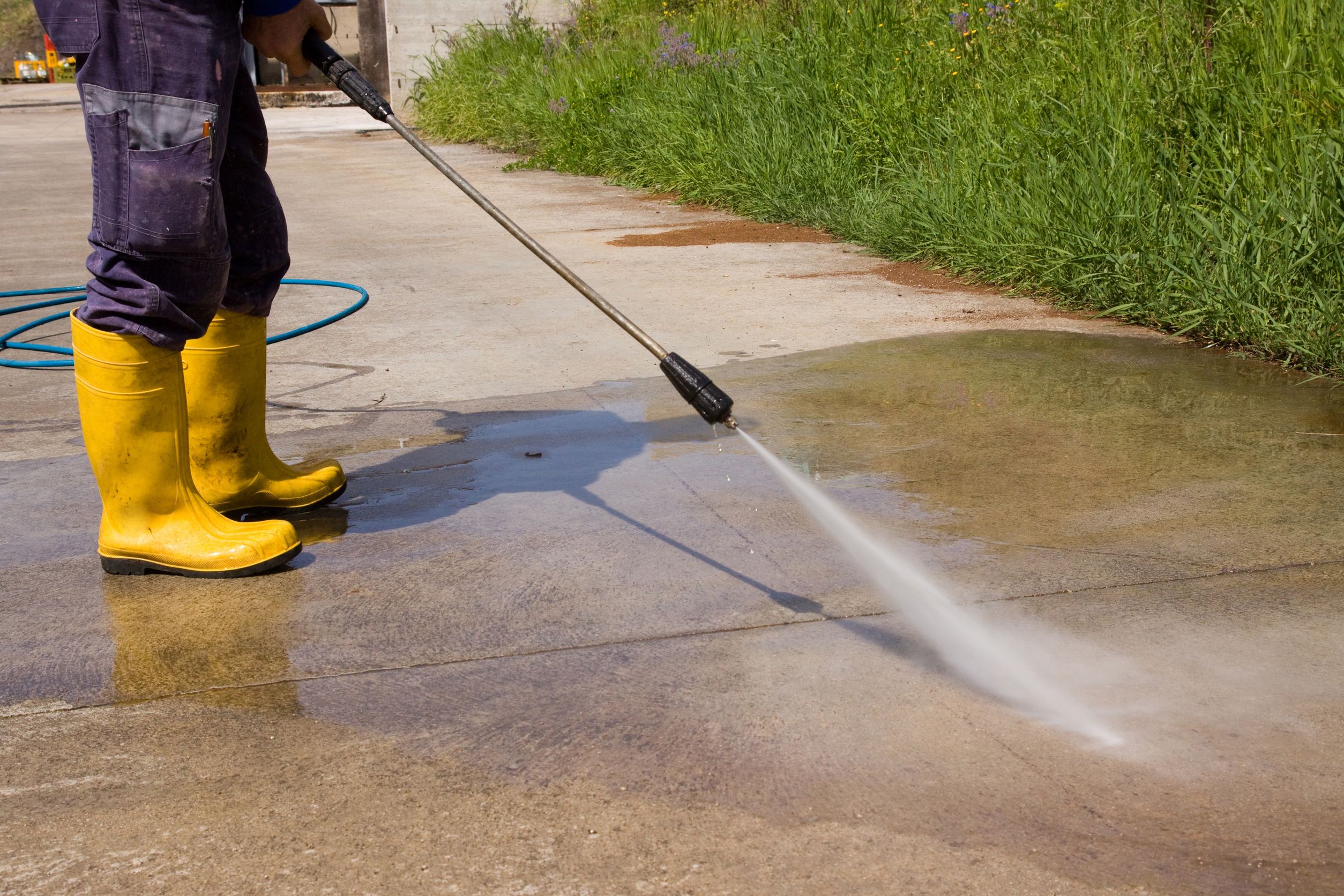Caring for The Home's Outdoors: The Pressure Washing Solution
Caring for the exterior of your home is essential not only for curb appeal but also for maintaining its value and preventing harm over the years. One of the most effective methods to keep your place looking its finest is high-pressure cleaning. This robust cleaning technique uses forceful water to wash away grime, grime, and other debris from multiple surfaces, enhancing the overall look of your property.
For property owners seeking a tidy and pleasant exterior, grasping what pressure washing is and how it can improve your property is crucial. From improving curb appeal to extending the durability of your surfaces, pressure washing provides a multitude of advantages. In this manual, we will explore the ins and outs of pressure washing, covering everything from the distinction between pressure and soft washing to the best practices for safely washing your home without causing damage. Whether you are considering a DIY approach or contracting specialists, our advice will help you make informed decisions for your home's outside maintenance.
Understanding Pressure Washing
Pressure cleaning is a cleaning method that uses water at high pressure to remove soil, grime, mildew, algae, and other debris from various surfaces. This method is highly effective for renewing the look of outside areas such as cladding, carports, patios, and platforms. By using a specially crafted machine, property owners can achieve a thorough cleaning that is often inaccessible with conventional cleaning methods. This process not only enhances the look of your property but also helps in the upkeep and durability of its exterior elements.

For those unfamiliar with this cleaning method, it is essential to understand the basic mechanics behind pressure washing. The equipment consists of a motor that operates a pump, which in turn pressurizes water from a typical water line. The pressurized water is then released through a spray nozzle, creating a focused jet capable of penetrating tough spots and pollutants. This system can be tailored to suit specific surfaces, allowing for a personalized cleaning strategy that can manage various types of grime.
When considering pressure washing, it's necessary to differentiate it from gentle washing, another cleaning method that employs a soft pressure along with biodegradable cleaning solutions. While pressure washing is great for tough materials that can tolerate high pressure, soft washing is better suited for more delicate materials like overhangs or coated areas. Grasping these differences will help homeowners opt for the most efficient method for their specific needs.
Benefits and Factors
Power washing offers many benefits for property owners looking to upkeep the aesthetics and integrity of their homes. One of the main advantages is the capability to effectively remove dirt, fungus, mold, and other unsightly stains from exteriors, significantly enhancing curb appeal. A carefully maintained exterior not only looks inviting but can also increase property value. Additionally, routine pressure washing can avert ongoing damage caused by build-up, giving exteriors a longer lifespan and saving money on upcoming repairs.
While the benefits are clear, there are essential considerations when deciding how to approach pressure washing. Homeowners must assess the state of the areas being cleaned and choose the appropriate approach—pressure washing or soft washing. The latter, for instance, is generally better suited for fragile surfaces like roofs or finished wood, where excessive pressure could lead to damage. It is essential to know the differences between methods to avoid costly mistakes and achieve the desired outcomes.
An additional factor to consider is whether to tackle pressure washing as a DIY project or hire professionals. While DIY pressure washing can save money, it requires knowledge of equipment, methods, and safety measures to ensure efficient and damage-free cleaning. Conversely, hiring experts guarantees expertise and the right tools for the job. Evaluating Additional info will help homeowners make an educated choice that best suits their needs, financial plan, and commitment to ongoing maintenance.
Techniques and Best Practices
As you pressure washing, the technique you use can significantly influence the results. Start by selecting the appropriate size of the nozzle for your task; a wider spray pattern is suitable for sensitive surfaces, while a narrower pattern focuses on tough stains. Maintain a consistent distance from the surface—typically 6 to 12 inches—for uniform cleaning. Move the pressure washer in a smooth, flowing motion rather than remaining in one spot to prevent harming the material.
Before you start, it's crucial to prepare the area properly. Remove any furniture, plants, or items that might be harmed by moisture or debris. For surface cleaning, soak ahead of time the area with a suitable cleaning agent appropriate for the material you are washing. Make sure to test the pressure on a little, hidden area to verify you do not damage the surface, particularly on wood, vinyl, or delicate materials.
Protection should consistently be a priority when pressure washing. Use suitable protective gear, including goggles and gloves, to protect yourself from debris and chemical runoff. If you're working on roofs or high places, use harnesses and secure ladders. Ensure children and pets away from the area, as the high-pressure water and cleaning solutions can be harmful. Following these recommended practices will guarantee a thorough clean while preserving the integrity of your home’s exterior.